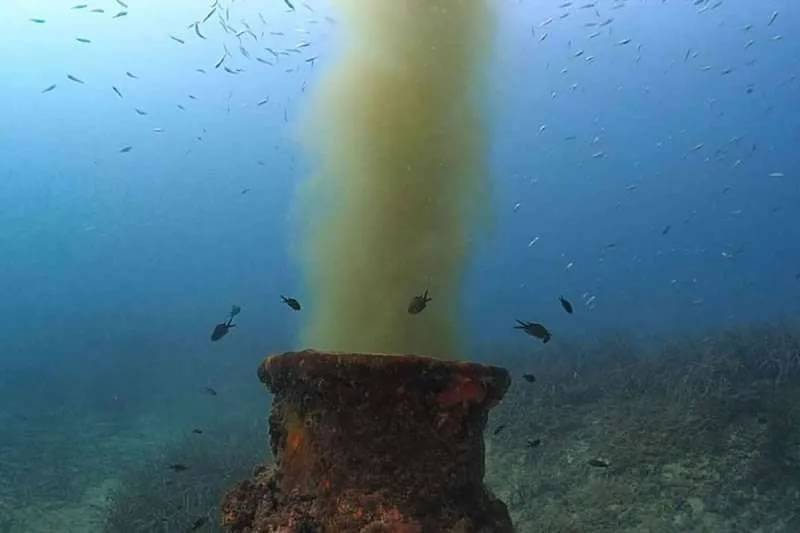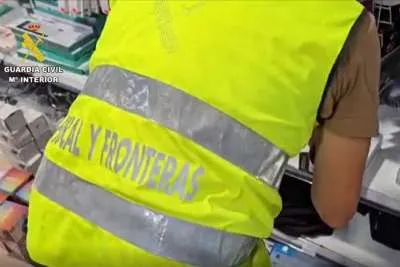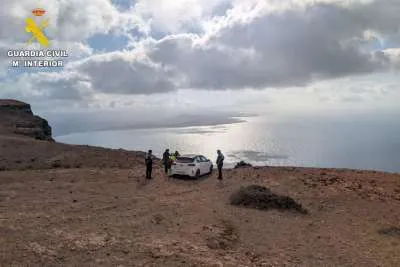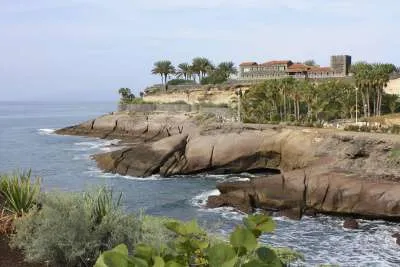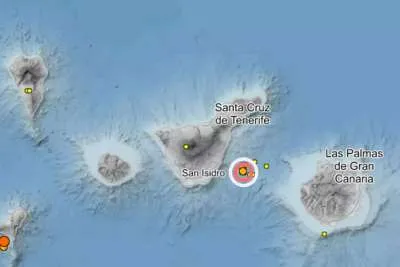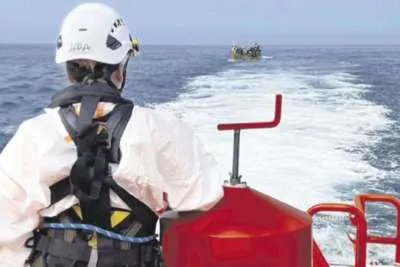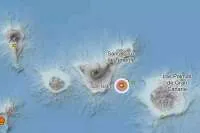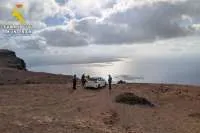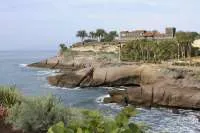New map shows Tenerife’s popular beaches are surrounded by sewage discharges
- 18-04-2025
- Tenerife
- Canarian Weekly
- Photo Credit: CW / Grafcan
A growing environmental concern is emerging across Tenerife’s coastline, as a detailed map of discharges into the sea reveals that many of the island’s most frequented beaches are located near wastewater outlets, most of them unauthorised.
In some areas, beach closures due to bacterial contamination have become increasingly common, highlighting the scale of the problem.
One such case is a prominent beach on the island that has remained closed for over eight months due to sewage pollution. According to data compiled by Grafcan (Cartographic and Territorial Information of the Canary Islands), Tenerife is the island with the highest number of unauthorised discharge points into the sea, many alarmingly close to popular tourist areas.
Over 100 Million Litres of Untreated Wastewater Daily
Authorities estimate that more than 100 million litres of untreated or insufficiently treated wastewater are discharged into the sea every day in the Canary Islands, with Tenerife accounting for the bulk of this figure.
More than 300 discharge points have been identified, contributing to a long-standing issue that has already triggered multimillion-euro fines from the European Union and legal proceedings still awaiting resolution.
These discharge points are not always located far offshore. In many cases, they are dangerously close to beaches, coves, and coastal promenades, posing both environmental and public health risks.
Los Cristianos
The stretch between Playa de las Vistas and Puerto Colón in the municipalities of Arona and Adeje contains the largest cluster of authorised outlets, 11 in total. Only two remain pending authorisation, making this one of the few areas with majority compliance.
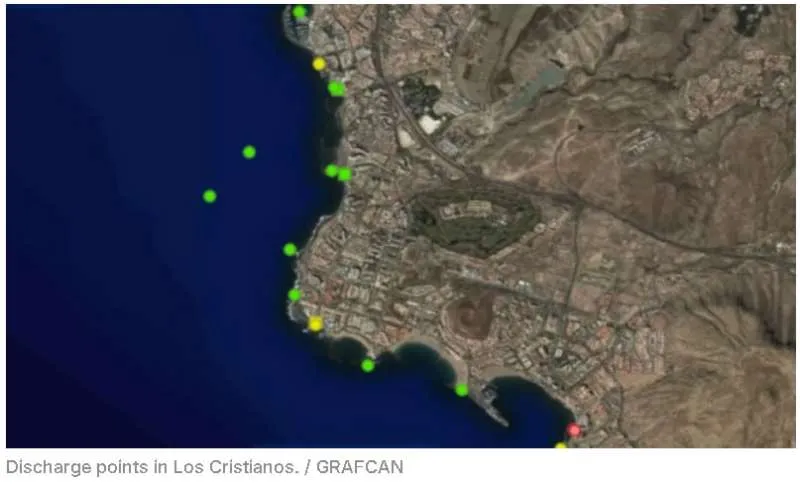
El Médano
Frequently affected by pollution-related closures, El Médano stands out despite having just two recorded outfalls, both unauthorised: the El Médano underwater pipe and the Los Balos sewage discharge.
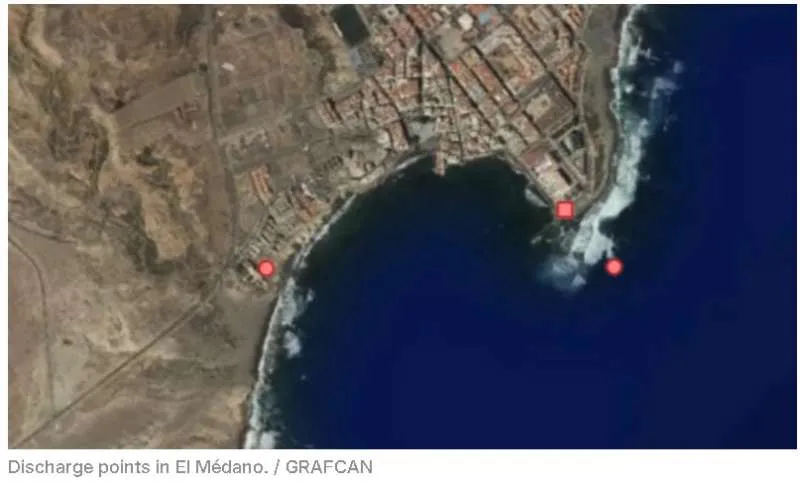
Costa del Silencio and Las Galletas
Las Galletas and Costa del Silencio continue to grapple with multiple unauthorised discharges. The underwater outfall at Las Galletas is pending authorisation, while the WWTP discharge authorisation has expired. Additionally, four unauthorised outlets have been identified in residential complexes in Costa del Silencio.

Puerto Santiago
In contrast, the tourist area of Puerto Santiago in Santiago del Teide has nine identified discharge points, none of which are authorised, making it one of the most concerning areas on the island.
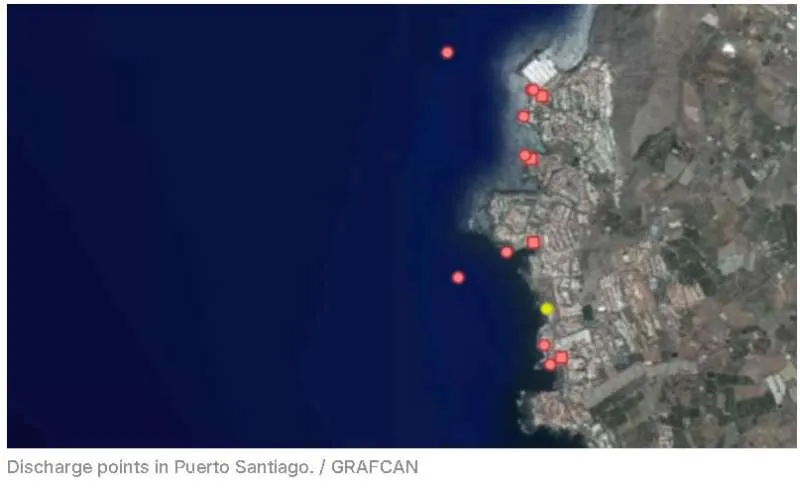
Puerto de la Cruz
One of Tenerife’s most iconic tourist destinations, Puerto de la Cruz, has 12 recorded discharge points. Only three are authorised, and just two are located offshore, leaving much of its coastline exposed to potential contamination.
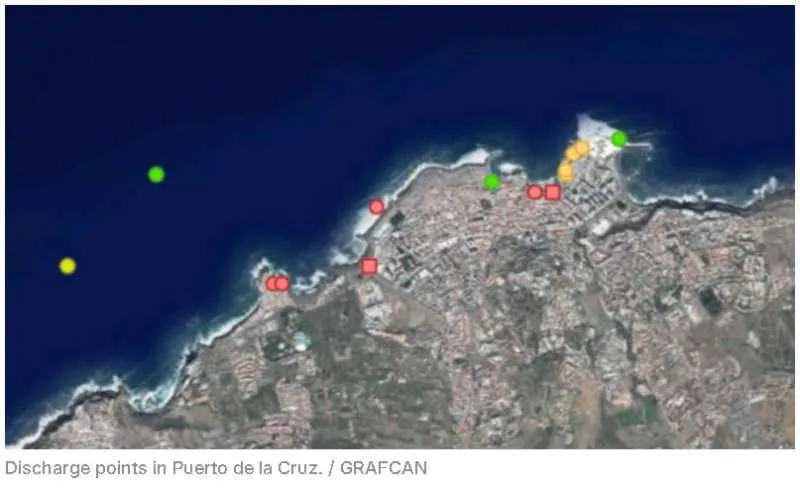
Radazul
A favourite among residents, the Radazul coastline is home to beaches such as La Nea, Radazul, and Tabaiba, as well as a busy marina. The area contains 10 discharge points, mostly clustered around the port. Only three of them are officially authorised. The beach at Ciudad Tabaiba, currently under renovation, has two nearby unauthorised outflows from the Tabaiba sewage pumping station and the Tabaiba Baja collector.
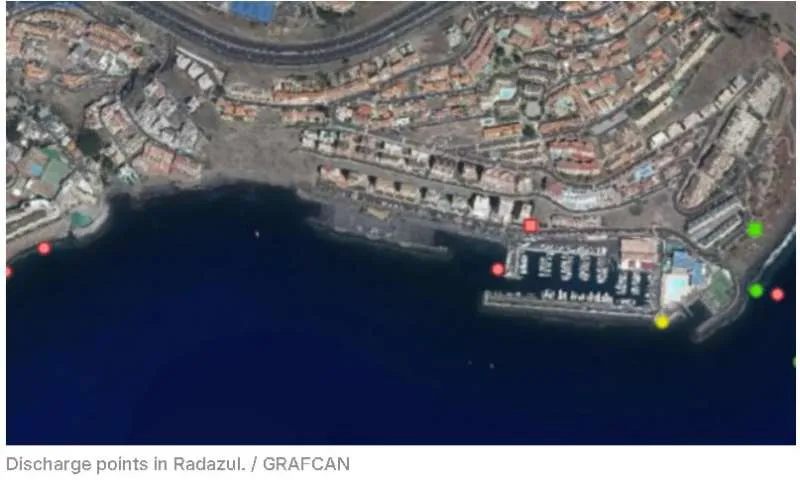
El Porís
With less urban development than other areas, El Porís has fewer discharge points (three in total), yet only one is authorised. The others, including the outfall from the EBAR Muelle and the Chinchorro building, remain unauthorised or pending official approval.
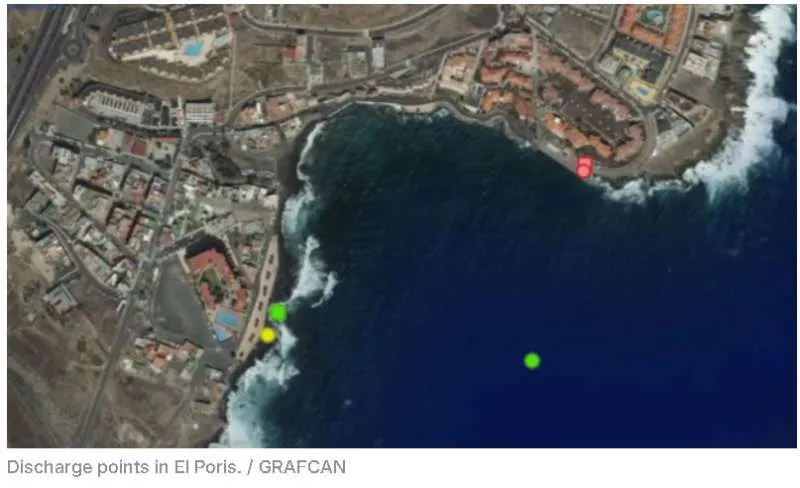
Las Teresitas
While no discharges are recorded directly into the sea at Las Teresitas, the capital’s most visited beach, two unauthorised outfalls are nearby, linked to the San Andrés wastewater treatment plants.
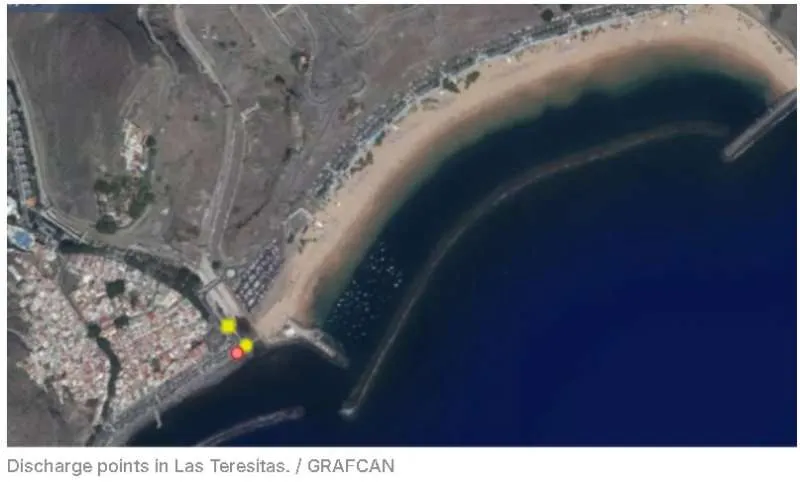
Other Affected Areas
The situation is similar in other coastal towns, such as Punta de Hidalgo, Bajamar, Candelaria, Los Silos, Garachico, and the Port of Güímar, where a combination of dense urban development and outdated or unauthorised infrastructure has led to widespread contamination risks.
Urgent Need for Action
Environmentalists and local communities continue to call for urgent action, including modernising wastewater infrastructure, enforcing existing environmental regulations, and increasing transparency.
The problem, they argue, is not just a matter of beach closures, but a broader issue of environmental degradation and public health that demands immediate and coordinated political response.
Other articles that may interest you...
Trending
Most Read Articles
Featured Videos
A Vision of Elvis Tenerife Promo
- 10-05-2025
Tenerife Travel Guide
- 13-12-2024
Live webcam from Lanzarote airport
- 13-12-2024


